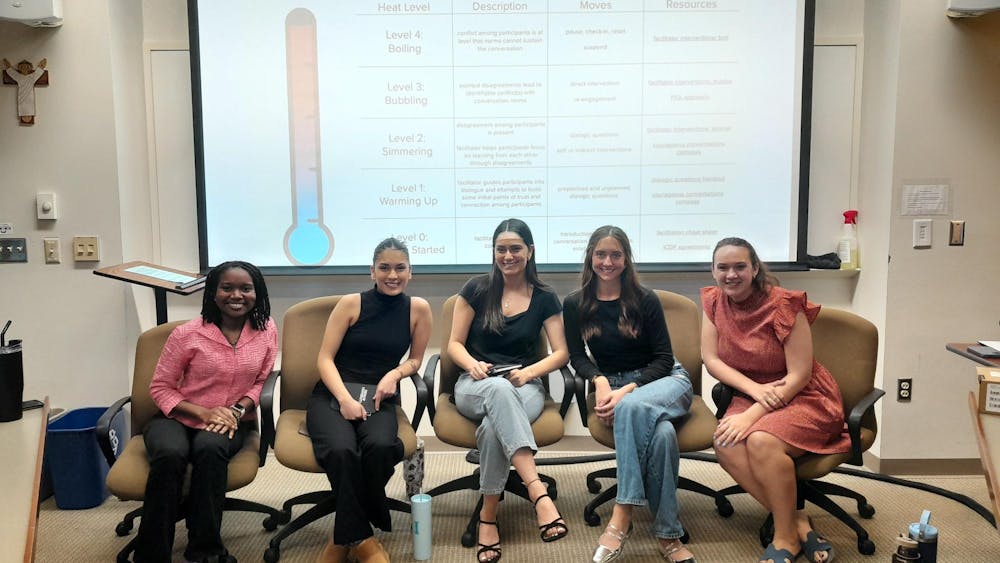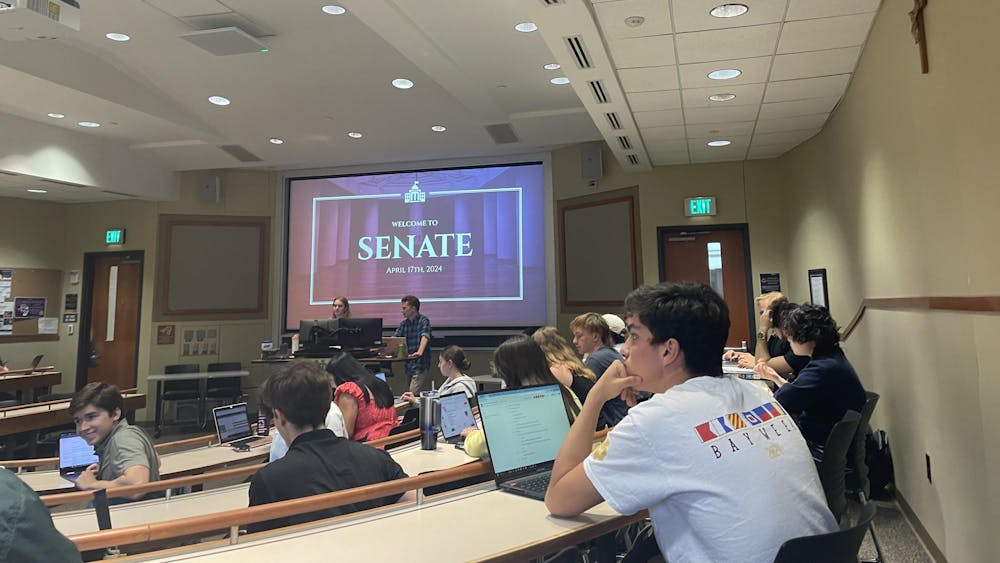The government of Somaliland asked Notre Dame computer science professor Kevin Bowyer with graduate students Amanda Sgroi and Estefan Ortiz to use their iris recognition biometric research to improve the legitimacy of their elections.
Somaliland is a self-declared independent state directly north of Somalia recognized by the international community and U.S. as an autonomous region of Somalia. According to a College of Engineering press release, it is transforming into a rare, multiparty democracy in the Horn of Africa and is working to establish honest, respected elections.
“Someone in Somaliland sent me an e-mail asking me to help with improving their voting register,” Bowyer said. “They said they wanted to use iris-recognition technology and asked us for help.”
“The ultimate goal is that you can only vote one time,” Sgroi said. “If you’re trying to vote a second time, then the iris recognition system is going to block you before you can even cast your ballot.”
Bowyer said they kept in constant e-mail contact with the Somaliland government and were able to produce results that they could use to help achieve the Somaliland government nation status within a short period of time. In the press release, he said the data acquisition for the field study took place over a five-day period in registration centers in Hargeisa, the Somaliland capital, and Baki, a town 60 miles away from Hargeisa. The data was transferred electronically to the Notre Dame team, who sent the results back after conducting iris recognition analysis.
“They wanted to take some current technology, go to a couple of towns take some data and seed it with some duplicates,” Bowyer said. “They wanted to give us the data basically, if we could tell them which registration belonged to the same person and which actually belong to different people.”
Bowyer said the challenge revealed issues with the flexibility of their current technology despite the already extensive research into iris recognition.
“The key things we identified were the challenging images,” Sgroi said. “We had some people with had some medical issues with their eyes and some eyes that were blurry so they were poorly acquired, so having some quality checking is going to be necessary for their final system.”
“Since 2004, we’ve been doing iris recognition [research] here — 10 years,” Bowyer said. “We’ve looked at thousands of images of several thousand people, I’m guessing. They sent us the images of around 500 people ... and there were at least two things I’ve never seen before ... that broke all the segmenters we had.
“It drove home that if you’re developing code for the U.S., the U.K. and big cities like in China and then take it to say, Africa, you’re going to run into these eye conditions you’ve never seen before and the software is not going to work — and the software doesn’t know it’s not going to work either. So that’s a new topic of research we could work on.”
Bowyer said access to this data could update the U.S.'s dated biometric scanning technology currently in use. Bowyer said the experience also provides domestic insight on the ethics of collecting data from private citizen.
“The country of India will have one to two billion people with a national ID to link with their economic identity that’s working from fingerprint and iris, and I think the United States will be behind,” Bowyer said. “We talk about having secure borders and stuff, yet we’re not willing to do stuff about secure ID.”
“I think the climate right now, we’re really sensitive about security with the NSA stuff going on,” Sgroi said. “I think that maybe, not in the United States, this similar voter ID thing would be popular and more successful, but it will not happen here. There would be a discussion on whether we want it, but it will take a lot to convince the public to run with it.”













